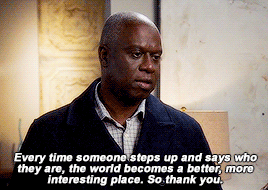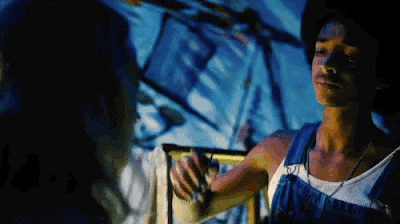To explain, the "Retrospective Gay" trope is when an author or show/movie writer says that a character in their story is gay, although it's never mentioned or even shown in the fiction. The most notorious example of this is Dumbledore, from J.K Rowling's Harry Potter series.
JKR said in an interview that Dumbledore was gay, despite there being zero suggestion to this in the actual books or films. And by that, I don't mean stereotypical gay signs - Dumbledore not being flamboyant or feminine wasn't why fans were upset. They were upset because not bothering to write an actual gay character in your book who has relationships or never even mentions his identity is just a lazy attempt at scoring brownie points with LGBT fans. It's obvious why she did this - she wanted to make LGBT fans happy with scraps while still keeping her homophobic fans content, as they would never have to actually read that an important character is gay in the book.
Dishonorable mentions of other "Retroactive Gays" are: Lando from Solo: A Star Wars Story, Valkyrie from Thor: Ragnorok, and Newt from Pacific Rim.
The "Ambiguous Gay/Bi" trope includes any character in a TV show/movie/book etc. who comes off as gay, in whatever way that might be, but never actually comes out. Think of Ryan, from High School Musical.
credit to anonymous on tumblr
I mean, for real, this entire scene was a metaphor for batting for the other team.
They were literally playing baseball.
This trope has the potential to turn into an actual LGBT character at any time, but that, in itself, lies the problem. There is always the hope that the character will eventually come out, or be confirmed as their suggestive sexuality, but the writers never go through with it.
Other examples of this include Eleanor Shellstrop from The Good Place,
credit to anonymous on tumblr
Schneider from One Day at a Time,
credit to anonymous on tumblr
And Jake Peralta from Brooklyn Nine-Nine.
credit to captainpoe on tumblr
credit to detectiverosabiaz on tumblr
Both tropes are bad in the fact that they exploit how rarely represented LGBT people are for their own monetary benefit, but the latter of the two still always has the potential to turn around and make these suggested characters actually LGBT, which leaves some hope.
However, let's strive for more than just scraps.
Good-bi my pals,
Nelly









































